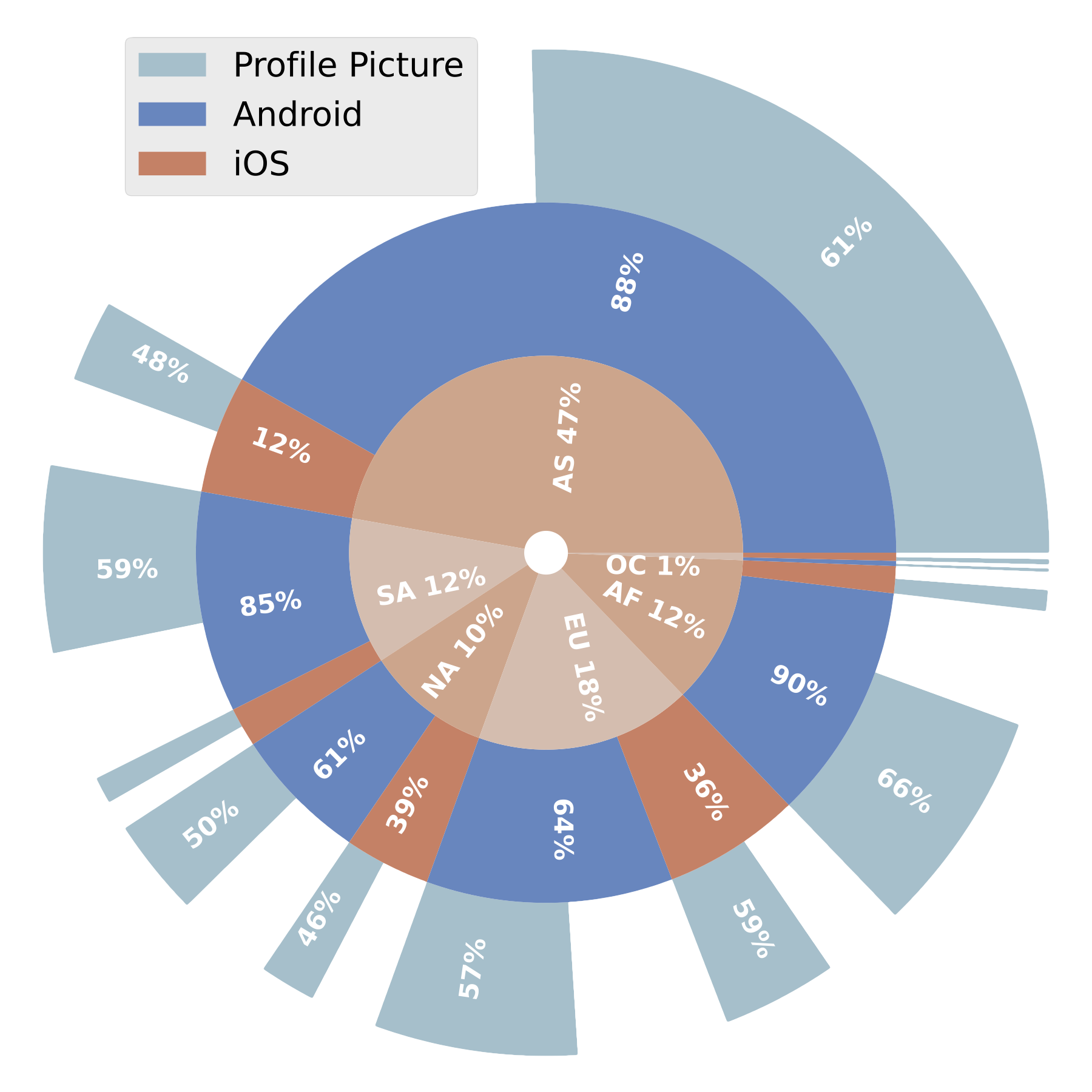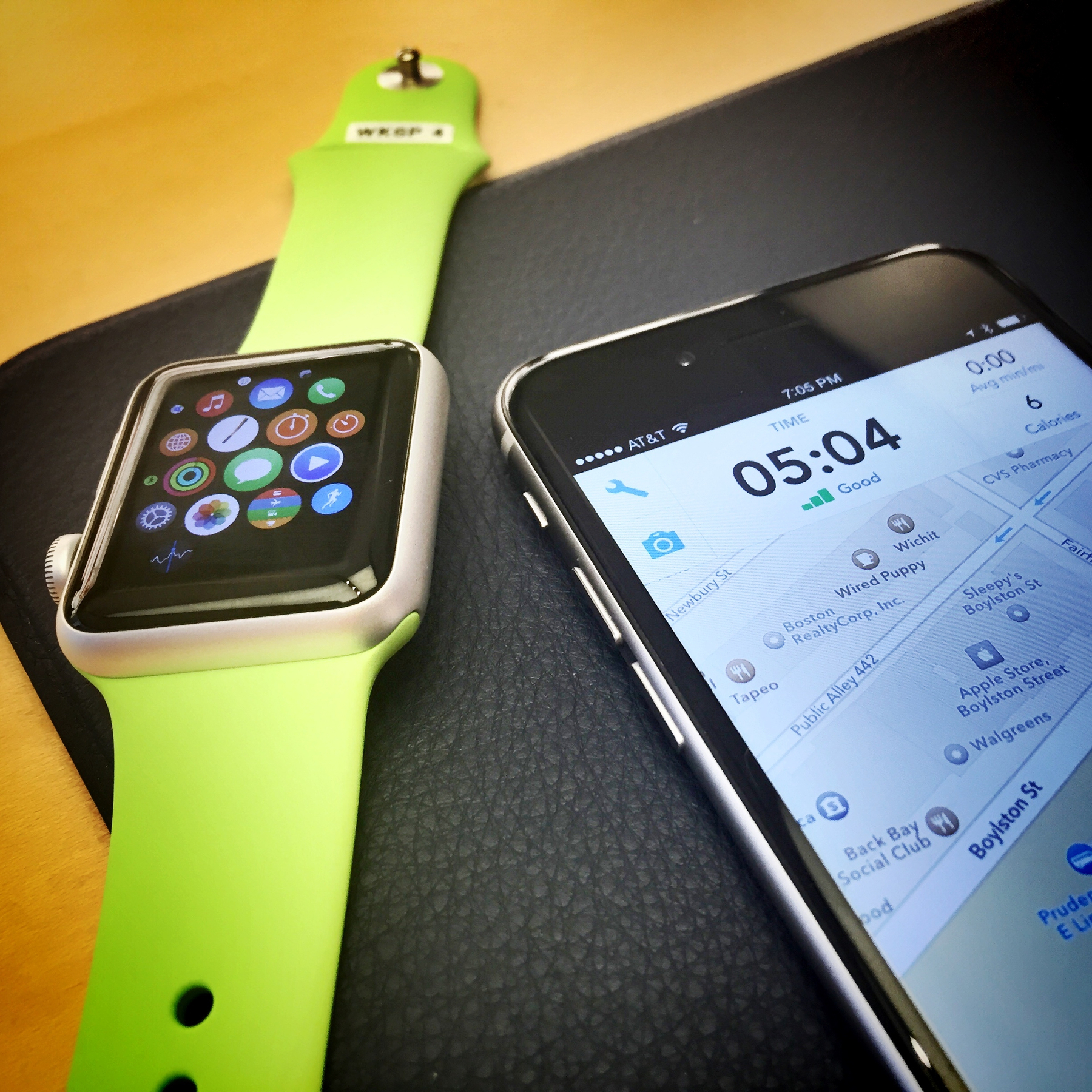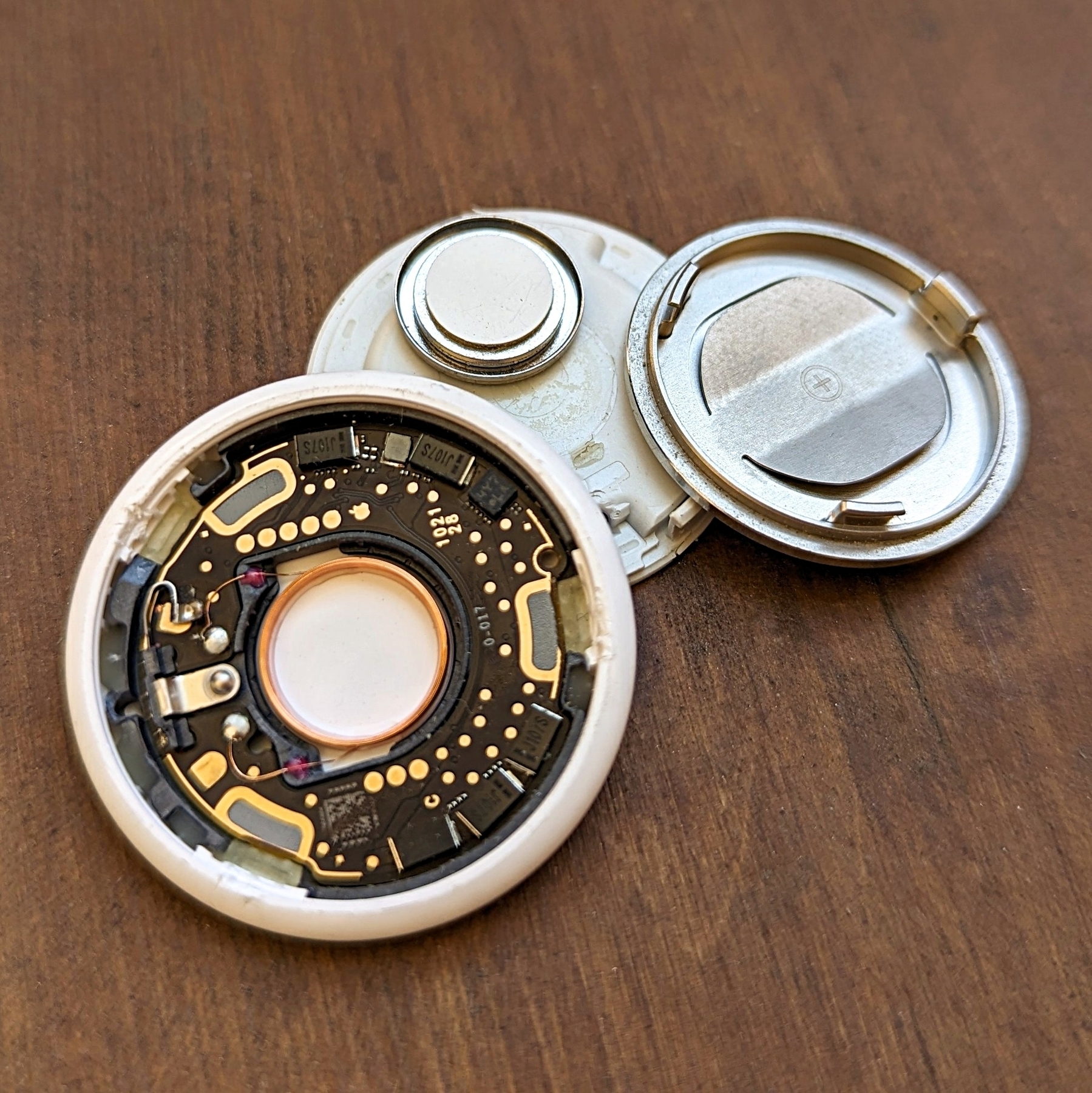iPhone
iPhone market share is much smaller than I thought
I found the Hey there! You are using WhatsApp: Enumerating Three Billion Accounts for Security and Privacy a fascinating read. Unfortunately, it confirmed once more my perception of how Meta couldn’t care less about users' personal information. How is it possible that a single server could download all that data? Unbelievable!
Because of my love for numbers and graphs, I also spent a lot of time on the ones in the paper that, by the way, go way beyond WhatsApp. For example, the one below has to be the best representation so far of the Android-iPhone market share. I’m not a statistician, but I believe a 3.5-billion sample can generate a pretty accurate representation of reality.

To be completely honest, I thought Apple had a bigger market share in both the US and Europe, and it would be cool to see how things changed in a year or two. Meta said they patched the data downloading issue, but given their history of data leaking, I’d say there’s a good chance we’ll be able to see an updated graph in the near future.
Obsidian as a writing hub
Scrivener and LanguageTool are remarkable tools that I use all the time, but they don’t have an Android App. Luckily, Obsidian works as an elegant bridge that has clients for multiple platforms.
Please allow me to begin by explaining the situation. I’m a Mac user who switched from the iPhone to Android many years ago and have no intention or desire to go back.
That said, I sometimes come across great writing tools like Scrivener and LanguageTool that don’t have an Android App. Thankfully, Obsidian is an important part of my writing kit and has clients for multiple platform. This is the story of how I use it as my writing hub.
Scrivener is where I’ve been writing my books since 2012. I don’t know how others create, but in my case, I usually start by writing down ideas as they come to mind. When there’s enough content and a lot of mess, it’s time to organize the text, and that’s probably my favorite thing about Scrivener. Coping and pasting is harmless, since the draft file has no formatted text, and it is also extremely easy to rearrange chapters by simply dragging them around.
Another crucial aspect of writing is grammar. For a non-native speaker like myself, a little help with synonyms and sentence construction is very welcome. That’s where LanguageTool shines. It feels as if I have an English teacher constantly suggesting changes to improve the text.
Don’t ask me why, but Scrivener never added support to LanguageTool, despite the existence of an API. So, even when using my Mac to write, I can’t benefit from both of them working together. And when I’m away from my computer, things become even harder because none of them have an Android App. That even affects the Supernote, as it is also an Android under the hood.
Thankfully, there is a way to connect all of these seemingly incompatible pieces. Several months ago, I shared a workaround for using Scrivener’s sync feature to have access to your book’s draft as Markdown files in Obsidian. You can learn ho to do it, by watching the video below.
Yesterday, you learned about another part of the puzzle. There is a LanguageTool plugin for Obsidian that uses the same API Scrivener could be using to make writers' lives more comfortable.
By combining both methods — synchronizing the book with Obsidian and using the LanguageTool plugin — we can create the perfect solution to use the spell checker when writing on a Mac or using an Android phone. Which also includes the Supernote. Isn’t that cool?
However, that is not all the writing I do in Obsidian. This article, for example, started as an idea in my Creator Action Container. The note was born there when I was riding the subway and wanted to write some ideas and drafts of a few paragraphs.
I kept working on it the next day, but this time I used Obsidian on my computer. In both cases, LanguageTool was there helping me. When it was finished, I moved it from the Action Container to the website folder to then make it available online, where you are reading it now.
If you’d like to learn more about all of these interconnected folders, please watch the video below.
Apple is still in a much better position
Based on the videos I watched, the Orion AR glasses appear to be a huge step in the right direction. However, when I look at the entire kit, I cannot help but think that Apple is still in a much better position.
All the data processing being done by that little brick can probably be handled by an iPhone. As for the wristband, guess what? There’s an Apple Watch that, by the way, already knows a thing or two about gestures. Additionally, I’m pretty sure Apple is gathering a lot of data from its own AR headset users. But, the most important element is the well-known walled garden.
If Apple feels threatened by a future commercial version of Meta’s product, I bet they will release a kit similar to the one I described above.
How the Vision Pro caught my attention despite my skepticism
It looks like Apple did it again!
No, I haven’t purchased one and do not intend to do so anytime soon, but this is the first device of this type I would ever buy. Confused? Go with me for a moment. It will make sense, I promise.

Even though the Vision Pro isn’t the only Augmented Reality device out there, I always felt like all the others were made for gamers. It might be because of how they are promoted. I don’t know. But since I’m not a gamer, buying a virtual or augmented reality headset simply never crossed my mind.
It’s a computer
From the very beginning, Apple was clearly positioning the Vision Pro as a consumer device, but because of my gaming perspective and the price tag, it was never an item on my radar. Then I watched Casey’s video about it, and something clicked for me. This is definitely not for gamers. It’s not a gimmick for geeks, either. It’s for everyday people who prefer or have to use computers to do their work.
I’m still putting off buying a US$4,000 (after taxes and some accessories) first-gen gadget, but that video sent me on an endless journey on YouTube. Many people are showing it being used as a computer with several giant screens. In other words, one can use it to “work on a computer” with practically no desk space. All that real-world usage really spoke to me. Well, “real-world” might not be the best choice to describe it, but I think you got it.
I could never use the iPad as a Mac replacement. Despite Apple spending a fortune trying to promote it as a computer, it is not a computer. The restrictions imposed by iPadOS make my work much more challenging. The Vision Pro, on the other hand, can be connected to a real computer, and that makes all the difference.
So many Apps
However, a computer is only as good as the software library available for it. And as far as I could understand, everything that works on macOS will work when a Mac is connected. Which kind of brings us back to the old debate about touchscreen Macs, but I digress.
Then there’s visionOS, which has the potential to unleash a wave of new ideas, much like iOS did a long time ago.
And, of course, the younger generation that prefers mobile devices was not left out. Thanks to Scott Forstall’s advocating for the App Store on the iPhone, there’s now an abundance of Apps already available for Vision Pro.
Why not buy it?
Well, first there’s that price tag. Then there is the fact that it is a first-generation device. I waited until the 3GS to buy my first iPhone, and in hindsight, I should probably have waited until the 4S.
There is one thing for sure: Apple won again. I can clearly see myself purchasing a smaller, lighter, and much, much cheaper version of the Vision Pro in the future. And if it makes the Apple stock go up enough, I might be able to score one for free by selling some of what I own to buy its “4S” generation.
RunKeeper no Apple Watch
Essa quarta, assisti a uma apresentação do pessoal da RunKeeper na loja da Apple falando sobre a versão do aplicativo para o relógio. Uso o RunKeeper no iPhone desde que foi lançado. Atualmente, acompanho meus passos via Breeze e controlo as corridas com o Pebble. Será que a Apple finalmente me conquistará via app de monitoramento de atividades físicas?
A apresentação foi relativamente curta, mas interessante. Na primeira parte foi dada uma visão geral do aplicativo para o telefone e em seguida foi feita uma demonstração usando o relógio.

Algo que imediatamente me agradou foi a possibilidade de iniciar a corrida via Apple Watch. No Pebble, isso não é possível. O que faço é iniciar via telefone e, logo em seguida, pressiono a pausa. Depois, posso escolher um podcast, colocar o telefone na braçadeira e, quando começo a corrida, desligo a pausa via relógio.
Pode parecer bobagem, mas não é. Uma vez perdi uma corrida inteira. Terminei a atividade, usei a pausa via Pebble e esqueci de encerrar no telefone. Resultado? No dia seguinte, apaguei a corrida anterior por acidente quando tentava iniciar uma nova.
Apesar dessa pequena vantagem, a versão do RunKeeper para Apple Watch ainda é basicamente uma extensão da tela do iPhone. Além disso, atualmente a Apple não permite acesso de apps (terceiros) a diversos recursos, como o monitor cardíaco. Porém, acredito que, como aconteceu no iOS, essas barreiras cairão com o tempo.

O problema é que essas restrições sempre complicam um pouco a vida dos desenvolvedores. Por exemplo, o app de atividades físicas da Apple não é tão completo quanto o RunKeeper. Após algumas corridas, ele compara seus passos com a distância calculada via GPS no iPhone e depois você pode passar a correr somente com o relógio. Já o app RunKeeper, depende 100% do telefone.
Concluída a apresentação, funcionários da Apple trouxeram alguns relógios para a mesa e foi uma experiência diferente. Além de testar o RunKeeper, pude, pela primeira vez, usar o relógio no braço e navegar com mais tempo entre os recursos. Disparamos até mesmo uma selfie via Apple Watch.
O relógio mostra tudo que está sendo visto pela câmera do telefone e junto um botão para fotografar. Mas, definitivamente, ainda não foi dessa vez que saí da loja com um relógio da Apple. Além do preço, que considero elevado, não estou convencido a respeito da utilidade do relógio.
Para falar a verdade, ando ansiosamente aguardando a atualização do sistema operacional do meu Pebble. Quero muito experimentar a nova timeline anunciada há algum tempo. O novo relógio—Time—começa a ser vendido no próximo mês e, depois disso, ocorrerá a atualização dos antigos modelos.
